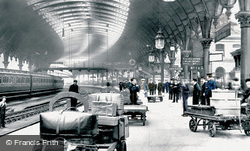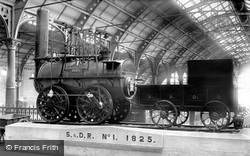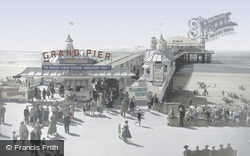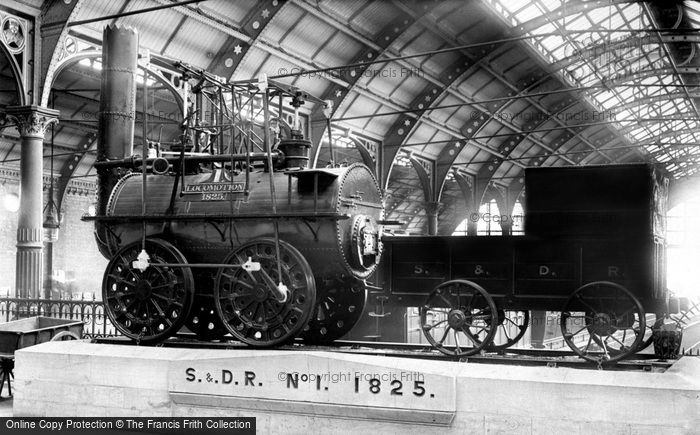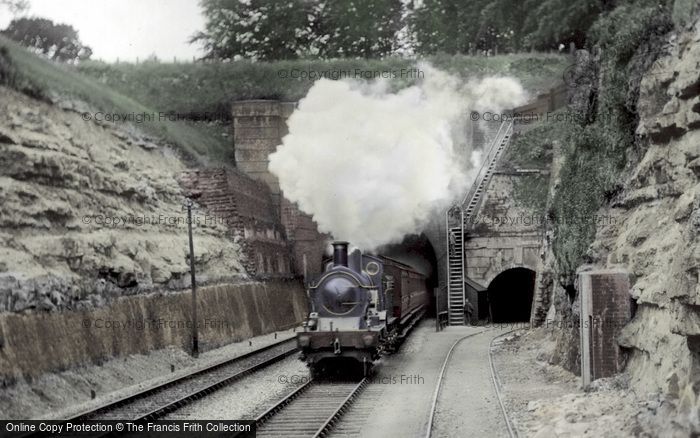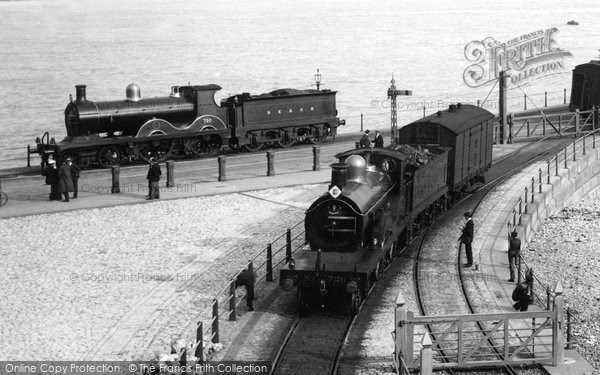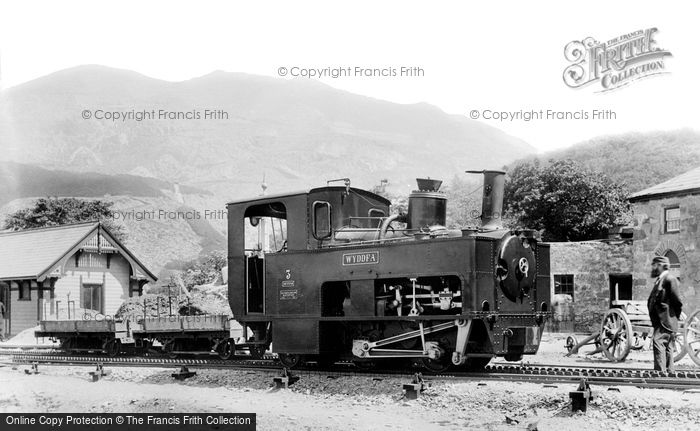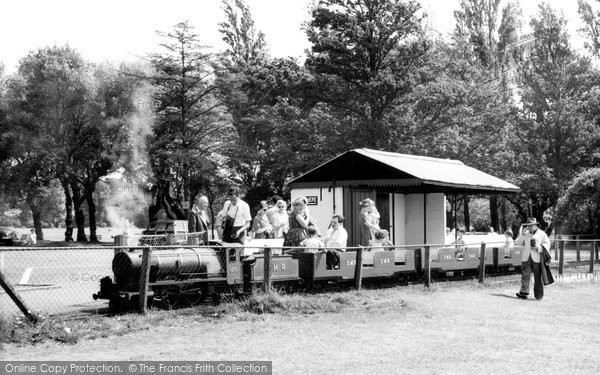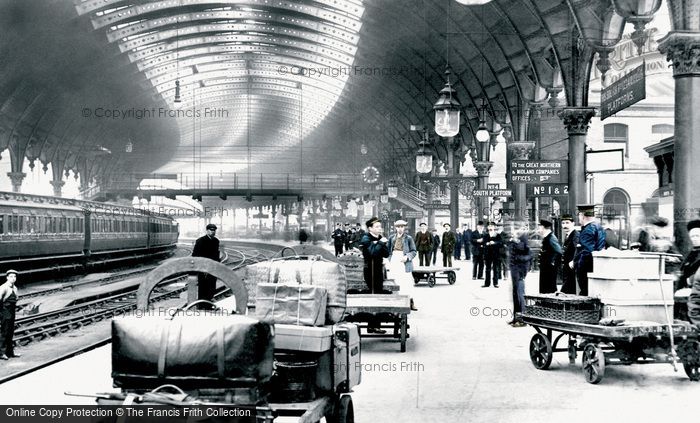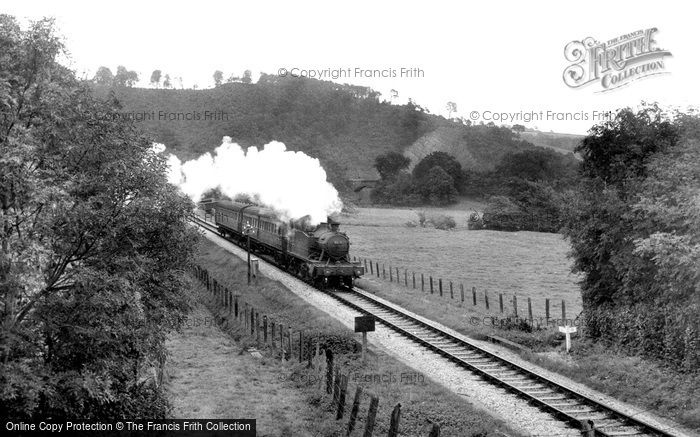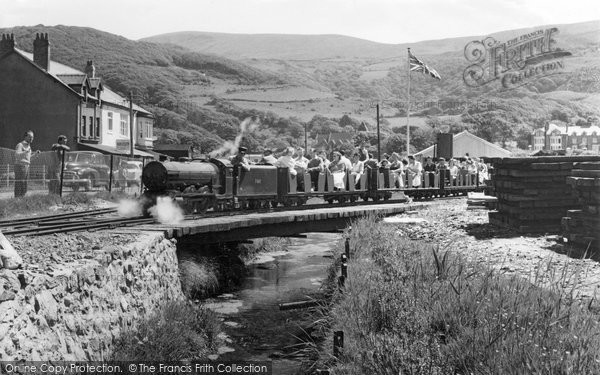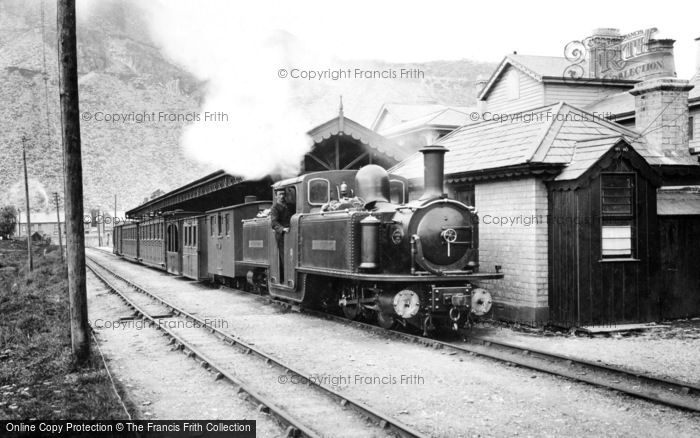Steam Power!
Published on
September 1st, 2025
 September 2025 is the 200th anniversary of the birth of the modern railway, when Britain and the world changed forever. So many of us will forever feel a strong sense of nostalgia for the age of the steam locomotive which dutifully hauled freight and passengers trains. Thankfully, rail nostalgia seems on the rise, with nearly 100 preserved railways across Britain, many of which operate steam trains.
September 2025 is the 200th anniversary of the birth of the modern railway, when Britain and the world changed forever. So many of us will forever feel a strong sense of nostalgia for the age of the steam locomotive which dutifully hauled freight and passengers trains. Thankfully, rail nostalgia seems on the rise, with nearly 100 preserved railways across Britain, many of which operate steam trains.
So give in to your memories of the great hum of the engine, the screech of the wheels, the smell of the coal and steam! Join us on a nostalgic journey back in time to the golden age of steam railways as captured by photographs from The Francis Frith Collection.
On 27th September 1825 the Stockton & Darlington Railway officially opened, and was the world’s first public railway to use steam locomotives. At the grand opening of the S&DR, the first ceremonial train heading the opening day procession watched by thousands of excited spectators was hauled by ‘Locomotion No 1’. Attached to ‘Locomotion No 1’ for the procession was a purpose-built railway passenger coach, known as ‘Experiment’, which was designed to carry 16 to 18 passengers sitting face to face along the sides and middle. Thus on September 27th 1825, for the first time in history, a steam locomotive had hauled passengers on a public railway . ‘Locomotion No 1’ was on display on one of the platforms at Bank Top Station in Darlington until 1975, as seen in this photograph, when it was moved to its current home at Darlington’s newly opened Railway Centre and Museum in Station Road, previously known as ‘Head of Steam’ and now known as ‘Hopetown Darlington’.
Isambard Kingdom Brunel built the famous Box Tunnel in 1841 as part of his ambitious Great Western Railway link between London's Paddington station and Bristol's Temple Meads. The 120 miles of railway line took five years to complete. Limestone from the excavated tunnel was used for building houses in nearby Corsham.
Visitors came in increasing numbers after the Snowdon Mountain Railway opened in 1896, which provided easy access to the summit for hundreds of holidaymakers. The railway is the only rack railway in Britain, and runs for just over four-and-a-half miles from Llanberis to Snowdon Summit. This view shows the brand-new locomotive No 3, 'Wyddra', ascending out of Llanberis towards Snowdon—the rack is clearly visible. The line climbs over 3,000ft, with an average gradient of 1 in 7.
The popular 10.25 inch narrow gauge railway, laid in 1949, is one the longest established in England. The line runs for half a mile round the smaller lake. Steam was replaced by diesel in 1970, but the four carriages are from the original train.
The magnificent sweep of York station dates from the completion of the Doncaster-Selby-York line. Opened in 1877, the station allowed through running of trains. The old station it replaced lay just within the city walls; its site and layout were such that trains had either to back in or out of it.
The Fairbourne Railway is a 12 1⁄4 inch gauge railway running for 2 miles from the village of Fairbourne on the Mid-Wales coast, alongside the beach to the end of a peninsula at Barmouth Ferry railway station, where there is a connection with the Barmouth Ferry across the Mawddach estuary to the seaside resort of Barmouth. Originally built to carry building materials, the railway has carried holidaymakers for over a hundred years. At its peak in the 1970s it was carrying in excess of 70,000 passengers a year. This photograph was taken c1960.
Perhaps you'd like..?
If you liked our "Steam Power!" Blog Feature, you might like to see and follow this
Francis Frith board over on Pinterest.
This post has the following tags:
Memories,Nostalgia.
You may find more posts of interest within those tags.
Join the thousands who receive our regular doses of warming nostalgia!
Have our latest blog posts and archive news delivered directly to your
inbox.
Absolutely free. Unsubscribe anytime.
 September 2025 is the 200th anniversary of the birth of the modern railway, when Britain and the world changed forever. So many of us will forever feel a strong sense of nostalgia for the age of the steam locomotive which dutifully hauled freight and passengers trains. Thankfully, rail nostalgia seems on the rise, with nearly 100 preserved railways across Britain, many of which operate steam trains.
September 2025 is the 200th anniversary of the birth of the modern railway, when Britain and the world changed forever. So many of us will forever feel a strong sense of nostalgia for the age of the steam locomotive which dutifully hauled freight and passengers trains. Thankfully, rail nostalgia seems on the rise, with nearly 100 preserved railways across Britain, many of which operate steam trains.


